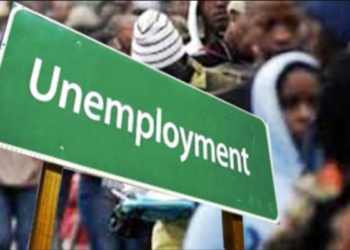Oil prices are on the rise today after U.S. government data showed new unemployment claims fell to the lowest level since the country’s first wave of COVID-19 in March last year and the inflation report shows a higher inflation rate than expected.
U.S. oil, West Texas Intermediate (WTI) oil futures is up 0.40%, currently trading $70.25 a barrel, while Brent crude oil futures is up 0.47%, currently trading $72.60 a barrel as at the time of writing this report.
The number of Americans filing new claims for unemployment benefits fell last week to the lowest level in 15 months, while consumer prices increased further in May as the lockdown effect of the pandemic is losing its grip on the economy and boosting domestic oil demand. Louise Dickson, an analyst at Rystad Energy stated, “The recent unemployment and labour data published in the US are a definite positive sign that the recovery in the country is speeding up,” he further stated, “More business activity means more energy consumption, and a better economy is a needed prerequisite for road and air traffic to increase.”
In another report today, the Labour Department of the U.S said its consumer price index (CPI) increased by 0.6% last month after surging by 0.8% in April, which was the largest gain since June 2009. Tamas Varga, an analyst at PVM Oil Associates had this to say:
“Our view is that the Fed will not taper this year and rising consumer and producer prices could make oil an attractive investment vehicle against short-term inflationary pressure.”
Currently, the U.S inflation is the highest in 13 years as prices increase by 5%. The Energy Information Administration (EIA) data report gave the following facts:
• U.S. crude oil stockpiles that include the Strategic Petroleum Reserve (SPR) fell for the 11th straight week as refiners ramped up output, but fuel inventories grew sharply due to weak consumer demand.
• Crude inventories that exclude the SPR fell by 5.2 million barrels in the week to 474 million barrels, representing the third consecutive weekly drop. But fuel stocks were up sharply, with supply falling to 17.7 million barrels per day (BPD) versus 19.1 million the week before.
• Implied gasoline demand fell to 8.48 million BPD in the week, down from 9.15 million BPD from the week before, but up from 7.9 million BPD a year ago.
In the Asian continent, India, the world’s third-largest oil consumer, saw its fuel demand fall in May to its lowest since August last year, due to the second COVID-19 wave hindering mobility and stopping economic activity in the country.





















The very interested news